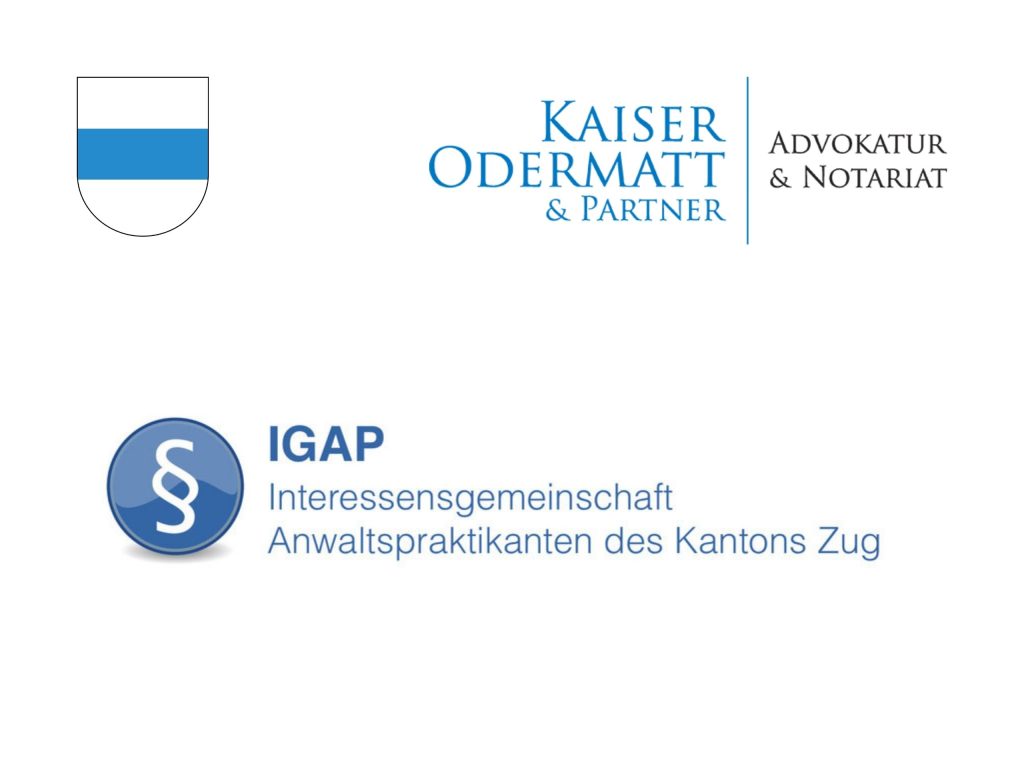Attorney Judith Andenmatten successfully supported a creditor in an objection procedure. The case concerned the disallowance of a third-party claim to an attached asset. In objection proceedings, debtors and third parties can assert that the attached asset does not belong to the debtor but to a third party, which is why it should be withdrawn from the attachment order. As the debt enforcement officer does not examine the claim itself, but only accepts the objection, this claim is often the subject of judicial objection proceedings. The decisive factor for the further course of the proceedings is who has de facto control over the object. This is because the court proceedings differ depending on whether the debtor or the third party claimant has custody of the asset in question. It is sufficient for the third party to have joint custody. In this case, it was specifically about the seizure of three vehicles, all of which were found at the debtor’s home and seized. The debtor’s roommate then asserted a third-party claim and claimed that the three vehicles in question were his sole property. As the co-resident had joint custody of the asset in question as a third-party claimant, the creditor had 20 days to file an action with the court to establish ownership. Only the third-party claimant (co-occupant) and the creditor were parties to the proceedings. The debtor was not involved in these proceedings and could only testify as a witness as to who owned the vehicle. In principle, the legal presumption applies that the owner of a movable item is also its owner. However, this presumption can be rebutted. Proof of ownership of the vehicles was not clear in this case, as the third-party claimant and the debtor lived in a shared flat. Although the vehicle registration documents showing his name were used to prove the co-resident’s ownership, there were still doubts as to whether the third-party claimant was exclusively entitled to ownership. The main question was why neither the debtor nor the third-party claimant (his roommate) were unable to produce any evidence that would clearly prove ownership of the vehicles. In principle, documents such as purchase contracts and receipts for payment of the purchase price or tax documents from the third-party claimant would suffice. The requirement of the vehicle registration document is not clear for the question of ownership and is therefore unsuitable for its proof. The third-party claimant’s (co-occupant’s) claim to ownership of the vehicles in question was therefore vehemently disputed by the creditor. In particular, there was a presumption in the present case that this was a subsequently constructed sham transaction (so-called protective assertion) in order to remove the vehicles in question from the attachment order. During the court proceedings, the sham transaction was then uncovered at the main hearing and it emerged that the third-party claimant did not own the vehicles in question despite the documents submitted. As a result, the proceedings were concluded in favor of the creditor and at the expense of the third-party claimant. The three vehicles remained the subject of the debtor’s attachment. The objection of a third-party claim by a co-occupant only makes sense if the ownership of an object can be fully proven. On the other hand, when constructing sham transactions, it is to be expected that this will be refuted in the evidence proceedings of the main proceedings, which ultimately only leads to considerable costs for the third-party claimant who is actually not involved in the debt enforcement proceedings. Accordingly, the objection of the third-party claim should not be raised lightly. It is also advisable for the creditor to have the third-party claims determined by a court.









